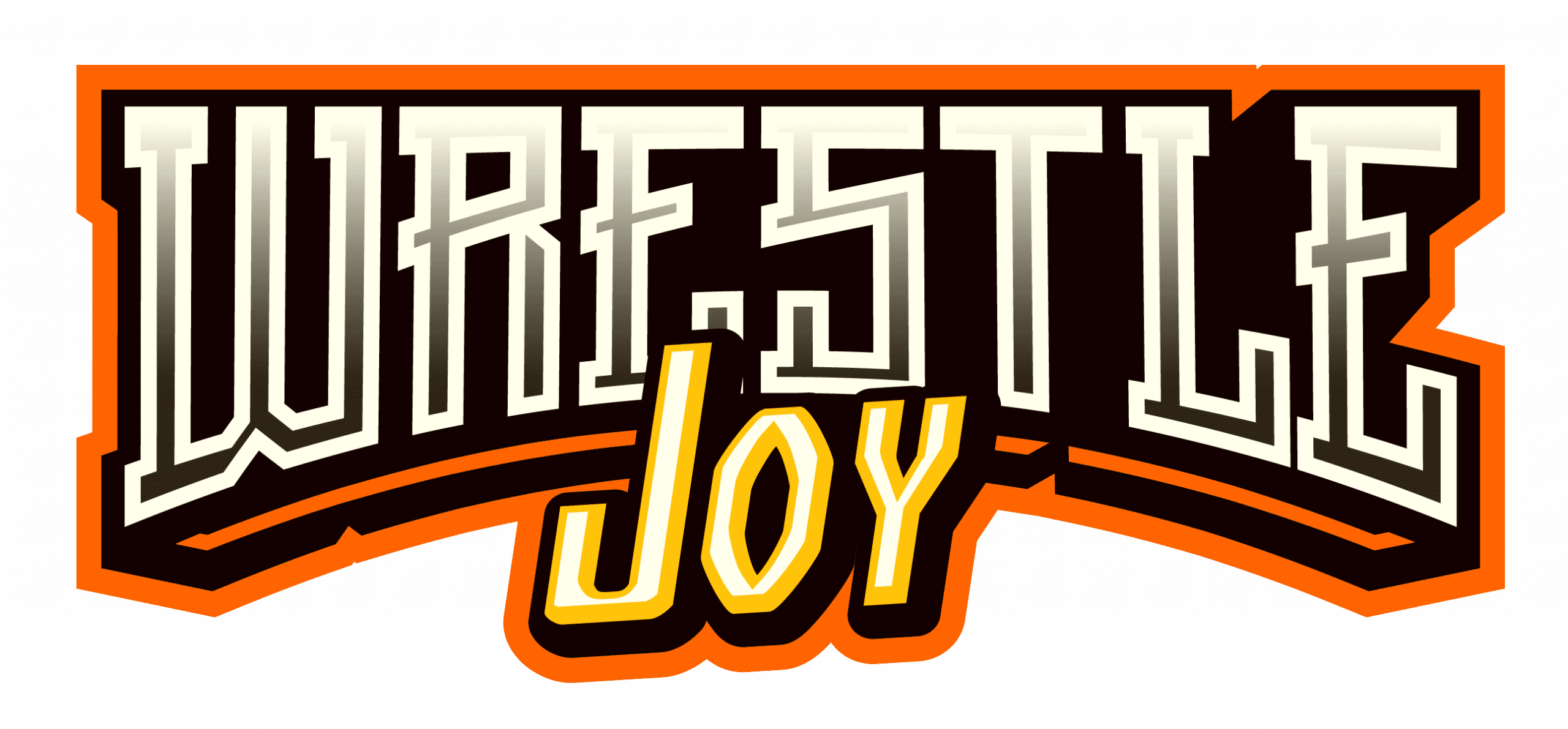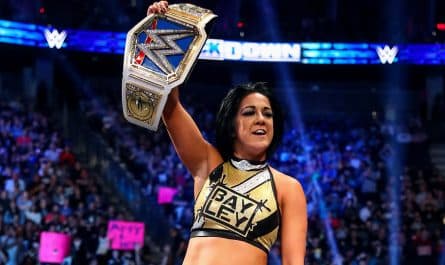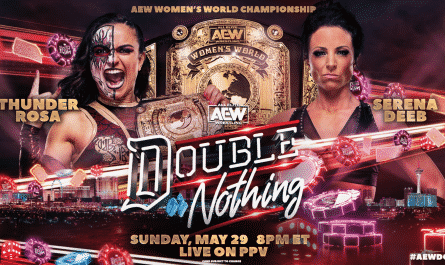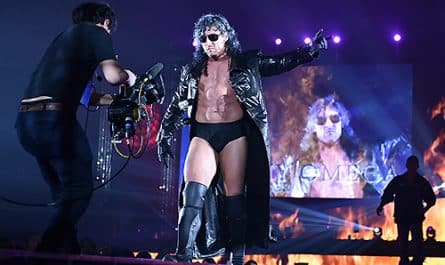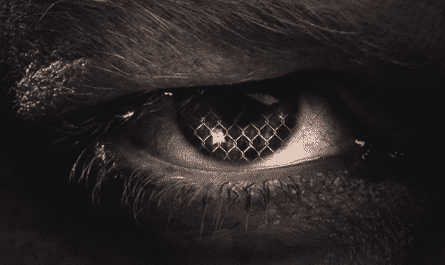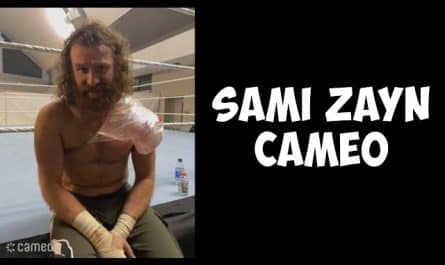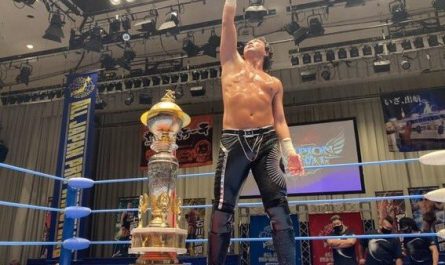In the previous article, we examined the idea of establishing a true lineal champion in pro wrestling. The easiest place to start is with the current NWA World’s Heavyweight Champion, Matt Cardona. However, when looking at the delineation of champions, a hard split occurred in May of 2007. What caused this fracture of the linage, and how does it lead to IMPACT Wrestling’s Moose’s claim to be the lineal world heavyweight champion?
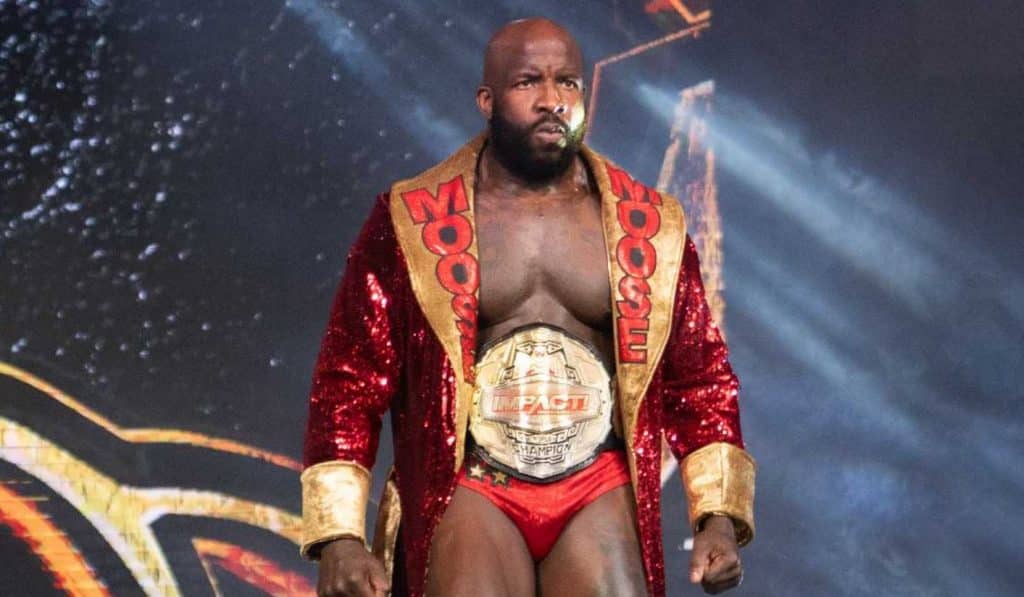
Moose – IMPACT World Heavyweight Champion
In 2002, a year after the shuttering of both WCW and ECW, the pro wrestling landscape was ready for a shift. On the burgeoning independent scene, Gabe Sapolsky and RF Video offered their vision of pro wrestling in Ring of Honor. In the south, Jeff and Jerry Jarrett had different ideas.
In 1977, Jerry Jarrett led a fracturing of the NWA Mid-America territory. Jarrett controlled the west end of the territory based in Memphis, Tennessee. Former partner Nick Gulas retained the east in Nashville. Jarrett immediately had control of the territory’s most powerful television station (WMC Memphis) and its top star, Jerry “the King” Lawler. The split didn’t last long, as Gulas was soon out of business, leaving Jarrett to run one of the most prosperous territories in the US. The promotion, known colloquially as Memphis, achieved national recognition during King’s legendary rivalry with TV star and comedian Andy Kaufman.
During Jarrett’s tenure in Memphis, the promotion remained loyal to the NWA but would often recognize Verne Gagne’s AWA World Championship. One of the territory’s long-running arcs was Lawler’s inability to wrestle the AWA belt from Nick Bockwinkle. Though Lawler did have a short run against Ric Flair for the NWA belt, it was usually Bockwinkle who evaded the King’s challenge. As successful as Memphis was, Jarrett’s company didn’t have the political clout to get the kind of dates on Champion Ric Flair given to other promoters like Jim Crockett (Charlotte), Don Owen (Portland), Eddie Graham (Florida), or even Fritz Von Erich (Dallas). Jarrett strengthened his relationship with Gagne, who in the earlier 80s had the largest and strongest territory before the McMahon expansion.
When McMahon and Crockett started swallowing territories during the National expansion, Jarrett stayed strong and remained tight with Gagne. Eventually, Lawler did win the AWA World Title, defeating Curt Henning in 1988, before unifying his titles with Kerry Von Erich’s World Class World Title. Though the AWA would split from Jarrett in the years before their collapse, Lawler would keep the physical Unified Title, incorporated as the UWSA Championship. When the USWA finally went out of business, Jerry Jarrett went to work for WCW, the same place his son made his home in 1999. That company was out of business less than two years later, and the Jarretts were out of pro wrestling.
But in 2002, along with Bob Ryder and Jeremy Borash, the Jarrett’s teamed with Healthsouth to create a new wrestling promotion called Total Non-stop Action. To help give the upstart a bit of credibility, TNA teamed with the NWA, and the show was branded NWA-TNA and launched in June of that year. In the first episode of NWA-TNA’s weekly pay-per-view show, former WWE Intercontinental Champion Ken Shamrock defeated Malice (fka The Wall in WCW) to win the vacant NWA World title. However, the NWA wasn’t a dead promotion at the time.
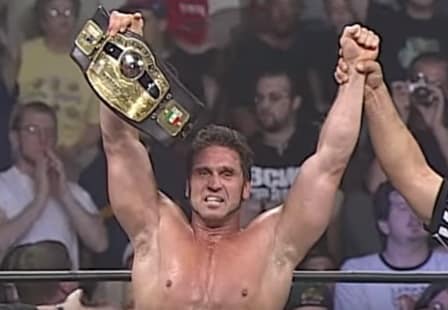
After winning a tournament in the fall of 1994, Chris Candido would drop the Ten Pounds of Gold to Dan The Beast Severn. The Coldwater, Michigan native made a name as one of the first stars in the original Ultimate Fighting Championships. Severn would often carry both belts to the ring, adding to his credibility. He even appeared in the Attitude Era-WWF as NWA Champion as part of Jim Cornette’s little-remembered NWA-affiliated stable. Severn held a stranglehold over the NWA belt until 1999, when he dropped it to Japanese Judo Champion and purveyor of Inokism, Naoya Ogawa. Ogawa and Severn would trade the NWA belt with Gary Steele, Steve Corino, Sabu, and even Shinya Hashimoto of the Japanese ZERO-1 promotion (which still uses the old AWA belt as its top prize) before Severn got the title back in 02. However, when TNA took over the NWA, they decided they didn’t want the MMA pioneer. Dan Severn never lost the NWA belt, nor would he even appear on an episode of TNA.
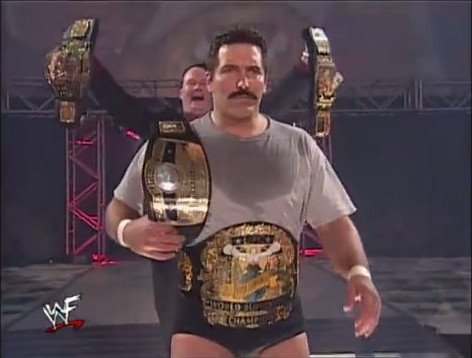
Shamrock would eventually drop the belt to Ron Killings (R Truth) before the title found its way around the waist of Jeff Jarrett. Double J would remain the promotion’s focal point in those early years. After falling out with Healthsouth, TNA would partner with Panda Energy. The Carter family would financially guide TNA from its early days of PPV shows in the Nashville fairgrounds (The Asylum) to its eventual home on Spike TV and the Impact Zone. The NWA title was held by luminaries like AJ Styles, Abyss, Sting, and eventually Christian Cage in January of 2007. This would be the most significant exposure the NWA and its title had received since the days of Ric Flair on TBS.
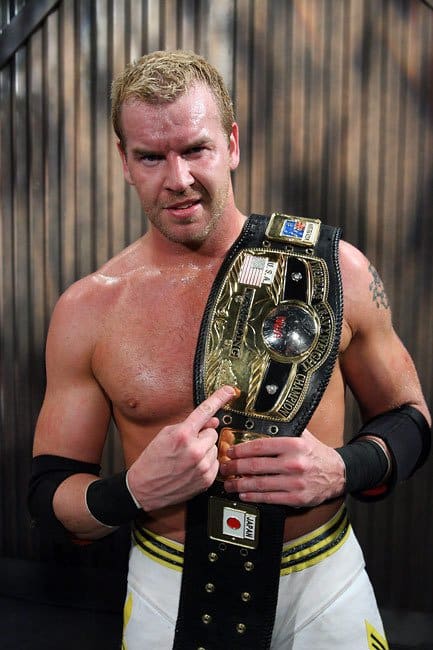
However, Spike and TNA would come to the same conclusions as Turner. The TNA brand simply didn’t need the NWA branding and split in the spring of that year. Christian Cage is officially recognized as the first TNA World Champion. The company’s tenure on Spike TV would end in 2014. After a brief-but-bizarre experiment with another Jeff Jarrett operation, Global Force Wrestling, TNA would rebrand as IMPACT Wrestling.
Moose, the current IMPACT Wrestling Champion, can claim the same lineage as Cardona’s NWA title before 2007. In fact, TNA/IMPACT has been a much stronger brand than the current NWA for its entire existence.
But Moose’s claim to being the lineal champ suffers from the same post-1991 issues as Cardona’s. Its claim to being pro wrestling’s true lineal championship is dubious, which leaves only one possible contender with a surprisingly strong claim: Roman Reigns. In the final article of the series, we’ll look at the WWE/WWF/WWWF title history and its surprising connections to being pro wrestling’s true World Heavyweight Champion.
